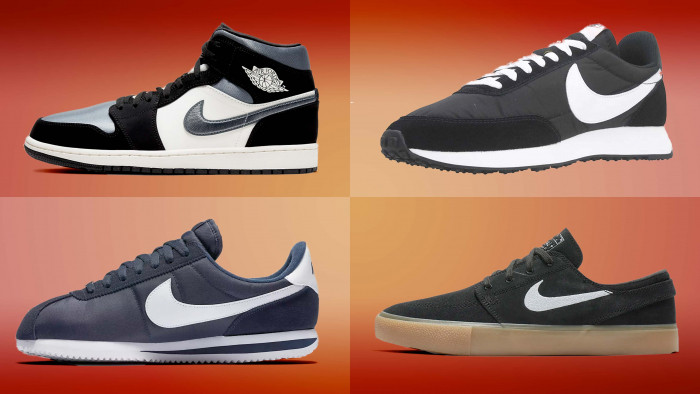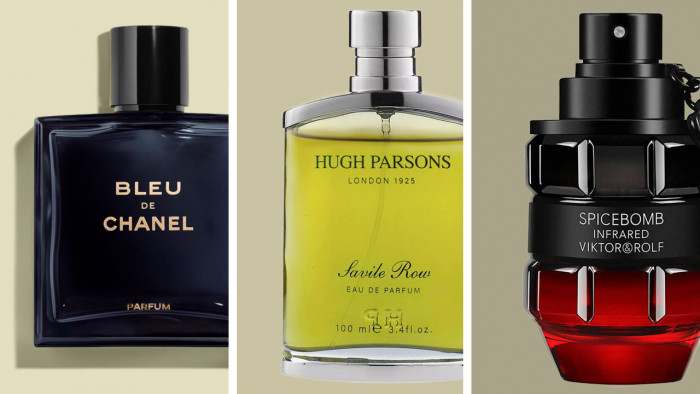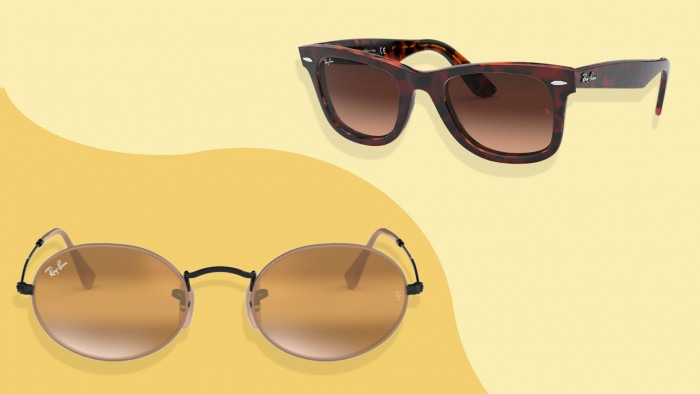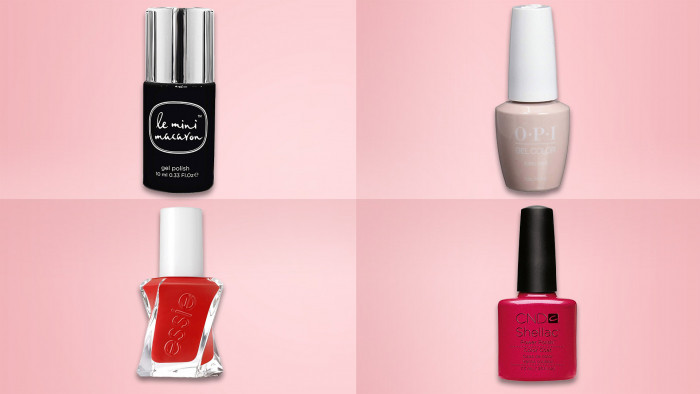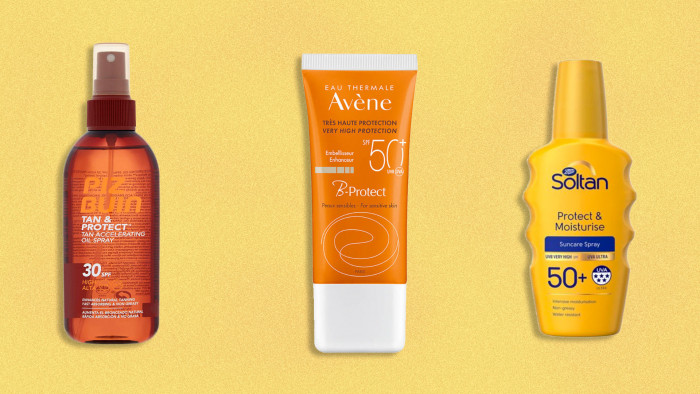Q: I’ve had the same pots and potions sitting on my bathroom shelf for the past couple of years. Do they go ‘off’? They still seem to work just fine...
Joe, Cornwall
Our expert Ahmed Zambarakji answers your questions below:
Over 40 million products sit in bathroom cabinets collecting dust. Don’t ask me how market researchers came up with that figure, but they did. While such clutter doesn’t do much for the Feng Shui of your lavatory, it does, however, keep the toiletries industry alive and kicking. We often buy a product with the best of intentions but, much like that last Coldplay album, it stays sealed in cellophane, never to see the light of day.
I can understand why you’d want to carry on using a product if it’s not finished - or even still sealed – but skincare products expire just like food. Unlike that chicken tikka microwave meal, however, cosmetic manufacturers are not required by law to stick a ‘best before’ date on the back of a squeezy tube of moisturiser.
I think two years a reasonable amount of time to hold onto a product before binning it. And there are several reasons for this:
Sometimes the unguent in question is no longer effective (this is especially true in the case of sunscreens). Other times it’s because the remnants of that highly-active pharmaceutical product could have become hazardous – not a risk you want to take if you’ve got sensitive skin and you’re treating it with a potent acne product.
Some products, like those from Dermalogica, will have a small illustration of an open jar on the back with a number written on it. The number indicates the amount of time that the product is good for once the bottle has been opened (e.g. 24M = two years). Organic or natural products generally tend to have a much shorter shelf life because they cut back on things like preservatives.
If you’ve been investing in high-end pharma-grade products like those from Dr Sebagh et al, you’ll notice that they carry an expiry date on the base of the bottle / outer packaging. This is not to get you to repurchase another product and keep their pockets lined – it’s to keep your face from breaking out in hives.
Active ingredients like Retinol (used in anti-ageing products) and vitamin C are highly volatile and will respond to the environment they’re kept in. Unless your bathroom is as sterile as a fertility lab, chances are the contents will be exposed to light, oxygen and all kinds of contamination.
As for moisturisers and other skincare products that don’t have an expiration date, here are some good indicators that it’s time to bin it:
1) When the water separates from the cream.
2) The colour has changed.
3) It stinks.
4) When the tube or jar gets crusty .
Needless to say any burning, discolouration or general queasiness caused by a product are probably a good sign that it’s time to head down to Boots too.
Find Ahmed on theexfoliator.com
(Image: Rex Features)




